10 Best Herbal Essential Oils For Ear Infection
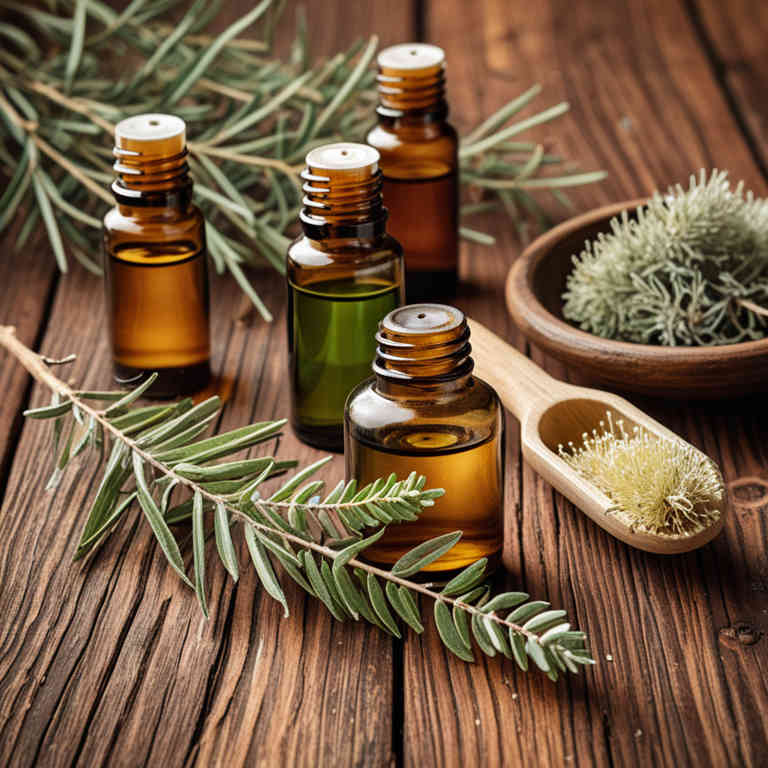
Herbal essential oils, such as lavender, eucalyptus, and tea tree oil, are often used as natural remedies for ear infections due to their antimicrobial and anti-inflammatory properties.
These oils can help reduce inflammation, fight bacterial or fungal infections, and promote healing in the ear canal. However, they should never be applied directly into the ear without proper dilution, as they can cause irritation or damage. Some people use a few drops of diluted essential oil in a warm compress or as part of a steam inhalation to alleviate symptoms.
While they may offer relief, they are not a substitute for medical treatment, and it is important to consult a healthcare professional for persistent or severe ear infections.
FREE Herb Drying Checklist
How to make sure every batch retains maximum flavor, color, and aroma without the risk of mold or over-drying. Eliminate guesswork and trial-and-error, making herb drying faster, easier, and more efficient every time.
Table of Contents
1. Melaleuca alternifolia
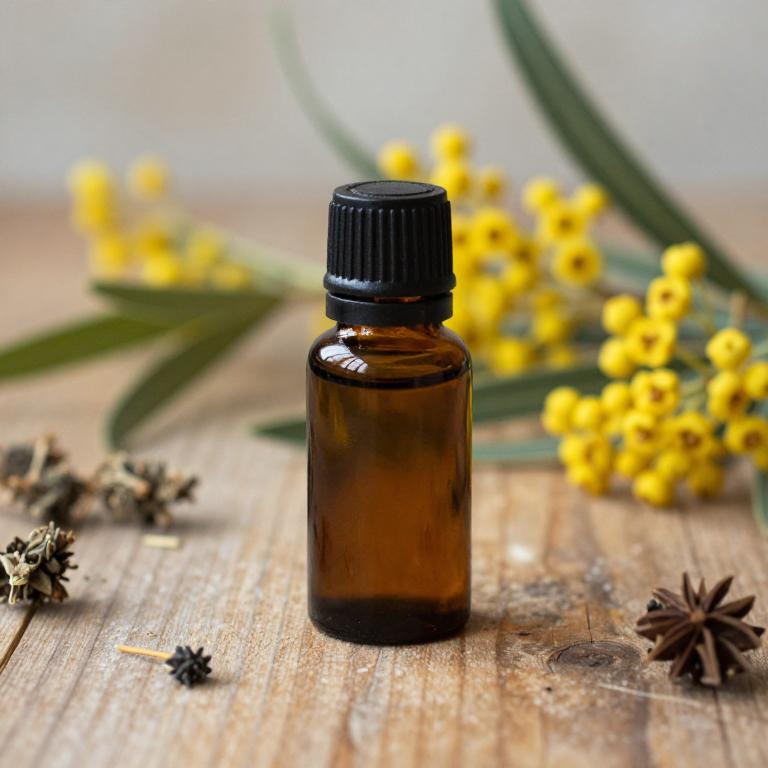
Melaleuca alternifolia, commonly known as tea tree oil, is a popular essential oil derived from the leaves of the Melaleuca alternifolia plant, native to Australia.
It is widely recognized for its potent antimicrobial properties, which make it a valuable natural remedy for various infections, including ear infections. When diluted properly, tea tree oil can be applied topically to the affected area to help reduce inflammation and combat bacterial or fungal infections in the ear. However, it is important to use it with caution, as undiluted essential oils can cause skin irritation or damage.
Always consult a healthcare professional before using tea tree oil for ear infections, especially in children or individuals with sensitive skin.
2. Eucalyptus globulus
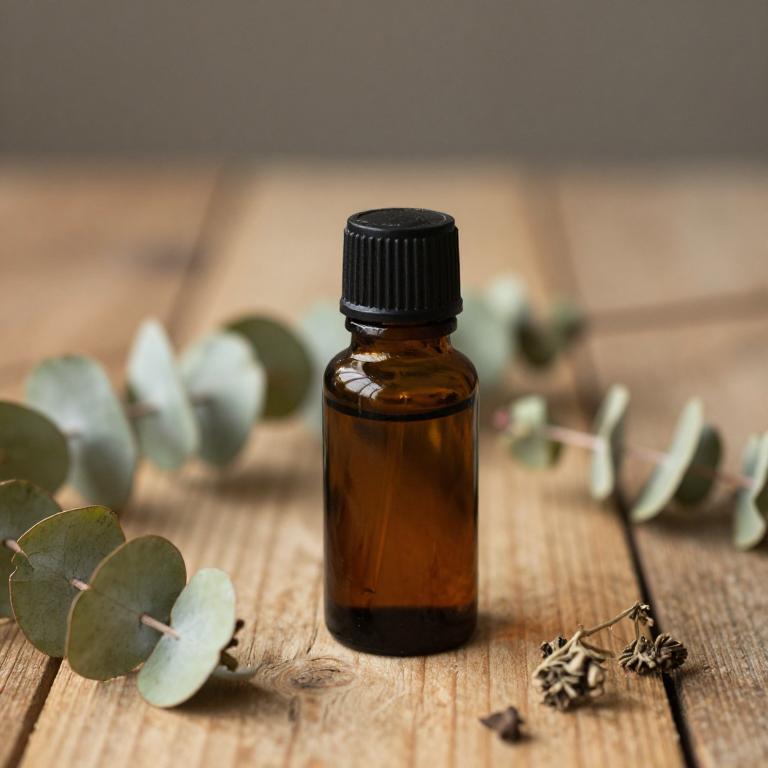
Eucalyptus globulus, commonly known as eucalyptus camphorul, is a versatile herbal essential oil often used for its antimicrobial and anti-inflammatory properties.
It has been traditionally utilized to help alleviate symptoms of ear infections due to its ability to reduce swelling and combat bacterial or fungal pathogens. When diluted properly, eucalyptus oil can be applied topically around the ears or used in steam inhalation to provide relief from congestion and discomfort. However, it is important to consult a healthcare professional before using it, especially for children or individuals with sensitive skin.
While it may offer supportive care, it should not replace conventional medical treatment for ear infections.
3. Thymus vulgaris

Thymus vulgaris, commonly known as thyme, is a herb widely used in traditional medicine for its potent antimicrobial and anti-inflammatory properties.
Its essential oil, derived from the flowering tops of the plant, contains powerful compounds such as thymol and carvacrol, which have been shown to inhibit the growth of bacteria and fungi. When used in aromatherapy or diluted in a carrier oil, thyme essential oil may help reduce symptoms of ear infections by supporting the body's natural defenses and promoting healing. However, it is important to consult a healthcare professional before using thyme oil for ear infections, as improper use can lead to irritation or other adverse effects.
Despite its potential benefits, thyme essential oil should not replace conventional medical treatments for severe or persistent ear infections.
4. Rosmarinus officinalis
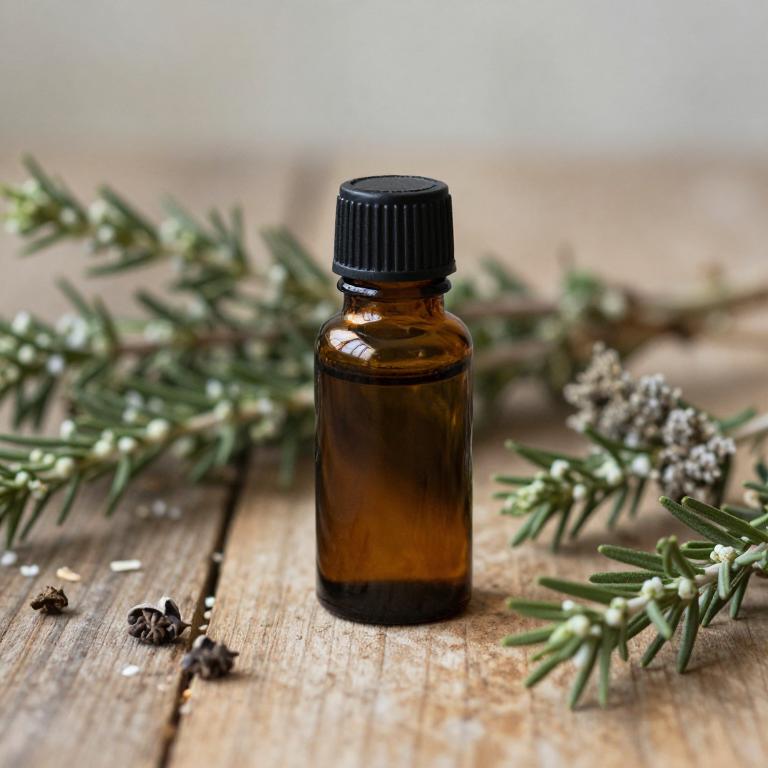
Rosmarinus officinalis, commonly known as rosemary, produces essential oils that have been traditionally used for their antimicrobial and anti-inflammatory properties.
These oils contain compounds like cineole and camphor, which may help reduce bacterial growth and inflammation associated with ear infections. When properly diluted, rosemary essential oil can be applied topically to the outer ear to provide soothing relief and support the body's natural healing processes. However, it is important to consult a healthcare professional before using essential oils, especially for children or individuals with sensitive skin.
While rosemary essential oil may offer some supportive benefits, it should not replace conventional medical treatments for ear infections.
5. Cinnamomum zeylanicum
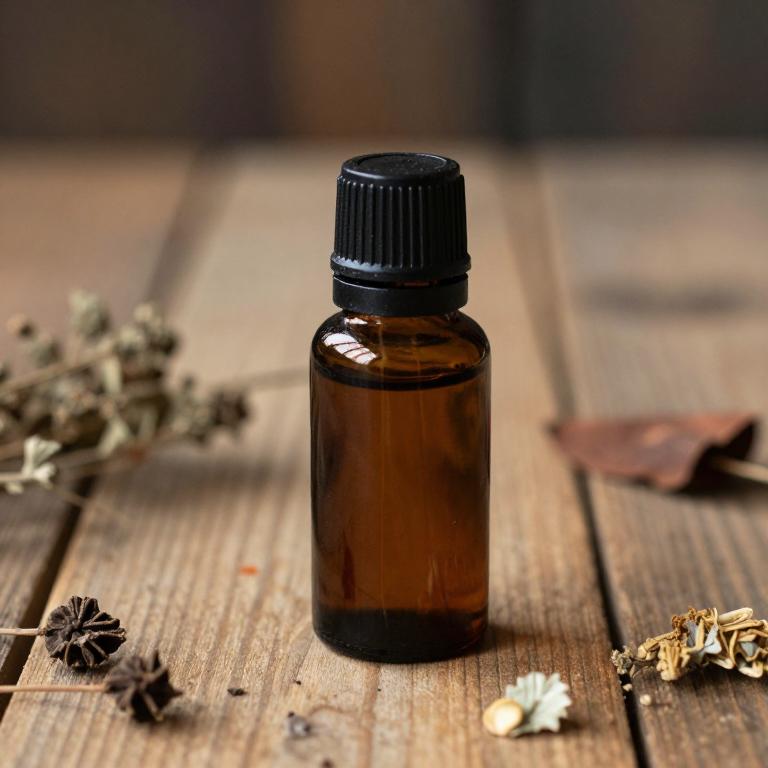
Cinnamomum zeylanicum, commonly known as cinnamon, produces an essential oil that has been traditionally used for its antimicrobial and anti-inflammatory properties.
This essential oil contains compounds like cinnamaldehyde and eugenol, which exhibit potent antibacterial and antifungal activities, making it a promising natural remedy for ear infections. When used in appropriate dilution, cinnamon essential oil can help reduce inflammation and combat the pathogens responsible for middle ear infections. However, it should be used with caution, as undiluted application may cause skin irritation or toxicity.
It is advisable to consult a healthcare professional before using cinnamon essential oil for ear infections, especially in children or individuals with sensitive skin.
6. Zingiber officinale

Zingiber officinale, commonly known as ginger, contains essential oils that have been traditionally used for their anti-inflammatory and antimicrobial properties.
These essential oils, derived from the rhizome of the plant, include compounds such as zingiberene and gingerol, which may help reduce inflammation and combat bacterial or fungal infections. While some studies suggest that ginger essential oils could support ear health, their effectiveness for treating ear infections specifically requires further scientific validation. When considering the use of ginger essential oils for ear infections, it is important to consult a healthcare professional to ensure safe and appropriate application.
As with any herbal remedy, proper dilution and caution should be exercised to avoid irritation or adverse reactions.
7. Teucrium marum
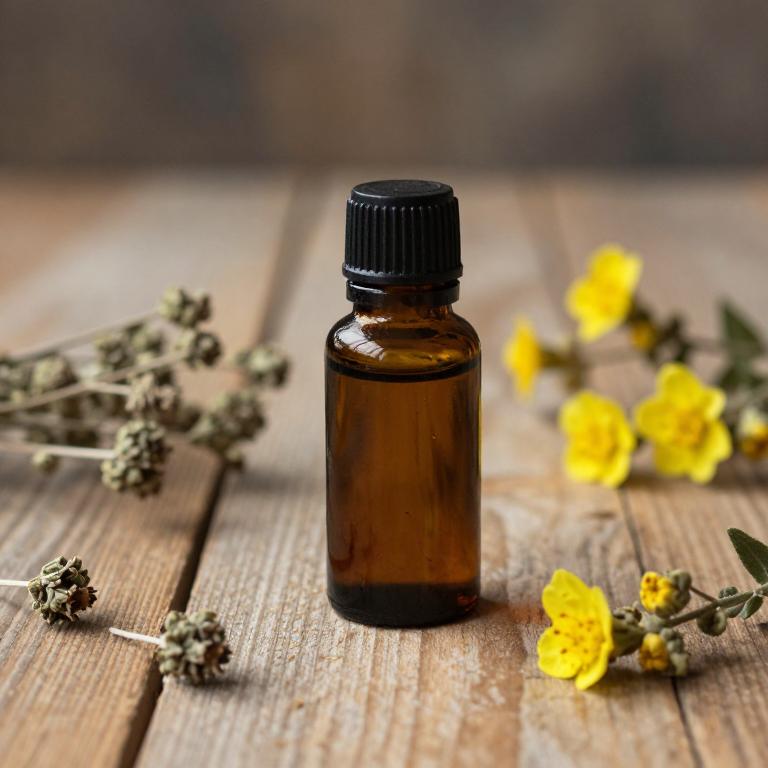
Teucrium marum, commonly known as germander, contains essential oils that have been traditionally used for their antimicrobial and anti-inflammatory properties, making them potentially beneficial for treating ear infections.
The essential oils extracted from this plant include compounds such as thymol, carvacrol, and limonene, which exhibit strong antibacterial and antifungal activities. These oils may help reduce inflammation and combat the pathogens responsible for ear infections, such as Staphylococcus aureus and Pseudomonas aeruginosa. While some preliminary studies suggest their efficacy, more clinical research is needed to confirm their safety and effectiveness when used as a treatment for ear infections.
As with any herbal remedy, it is important to consult a healthcare professional before using Teucrium marum essential oils for medical conditions.
8. Achillea millefolium
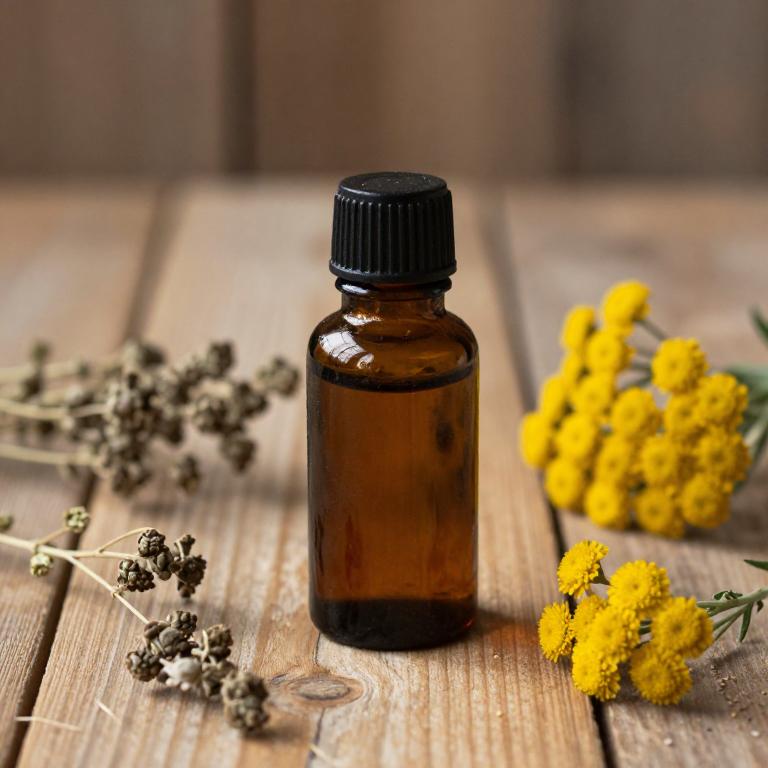
Achillea millefolium, commonly known as yarrow, contains essential oils that have been traditionally used for their anti-inflammatory and antimicrobial properties.
These essential oils, derived from the dried flowering tops of the plant, may help reduce inflammation and combat bacterial infections in the ear. While there is some anecdotal support for its use in ear infections, scientific research on its efficacy in this specific application is limited. Some studies suggest that the compounds in yarrow oil, such as chamazulene and bisabolol, may possess mild antiseptic qualities.
However, it is important to consult a healthcare professional before using yarrow essential oils for ear infections, as improper use could lead to irritation or complications.
9. Salvia officinalis
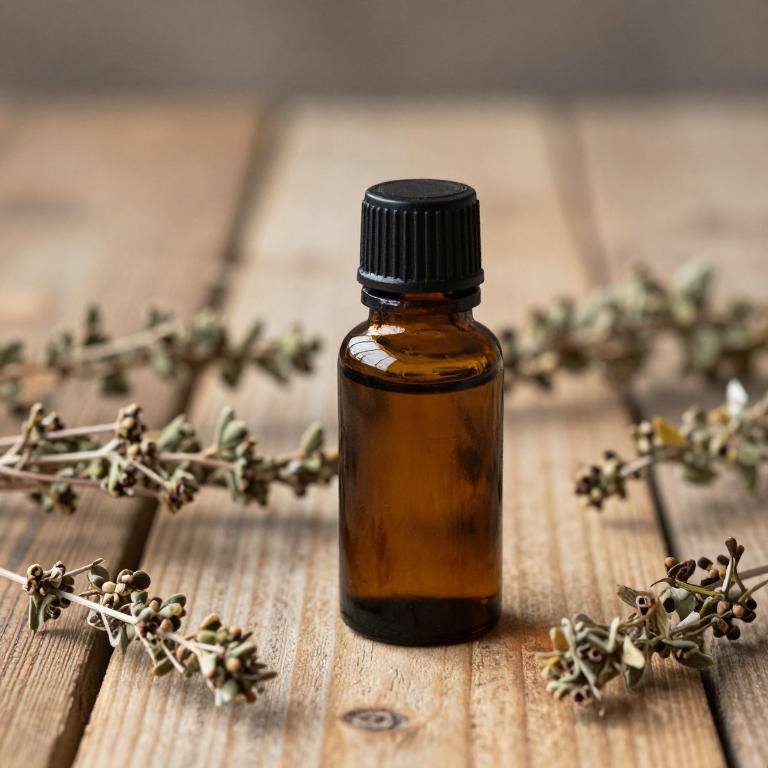
Salvia officinalis, commonly known as sage, contains essential oils that have been traditionally used for their antimicrobial and anti-inflammatory properties.
These essential oils, particularly those rich in components like thujone and cineole, may help reduce the bacterial load in the ear, which is often a contributing factor to ear infections. Some studies suggest that sage essential oil can inhibit the growth of common pathogens like Streptococcus pneumoniae and Haemophilus influenzae, which are frequently associated with otitis media. When used in diluted form, sage essential oil can be applied topically or used in steam inhalation to support the healing process of ear infections.
However, it is important to consult a healthcare professional before using essential oils, especially for children or individuals with sensitive ears, to ensure safe and effective treatment.
10. Piper nigrum
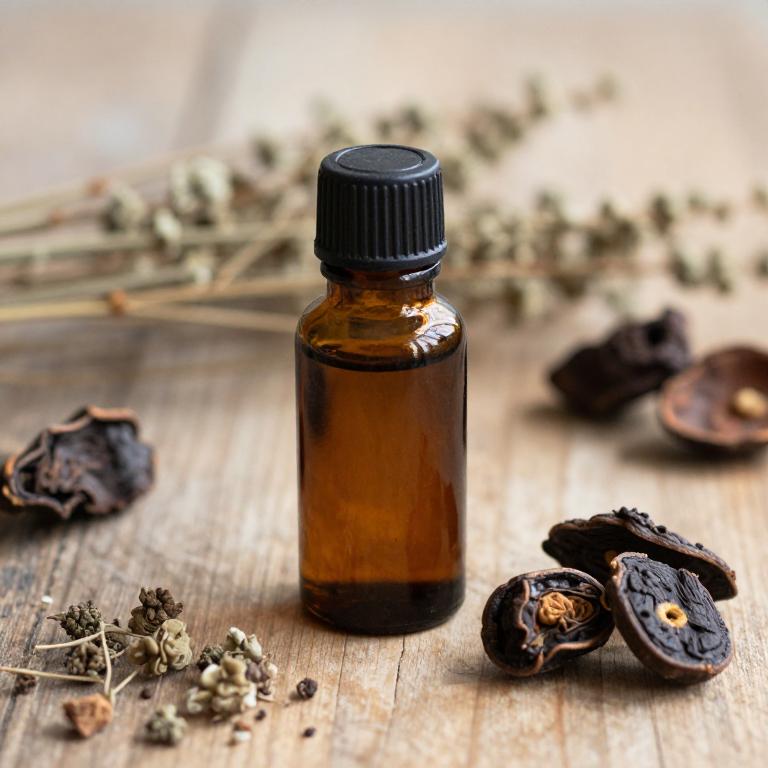
Piper nigrum, commonly known as black pepper, contains essential oils that have been traditionally used for their antimicrobial and anti-inflammatory properties.
These essential oils, derived from the dried fruit of the pepper plant, may help reduce the symptoms of ear infections by combating bacterial and fungal growth. The active compounds, such as piperine, are believed to enhance the body's natural defenses and promote healing in the ear canal. While some studies suggest potential benefits, it is important to consult a healthcare professional before using essential oils for ear infections, as improper application can lead to irritation or worsen the condition.
Overall, Piper nigrum essential oils may serve as a complementary therapy when used under proper guidance.